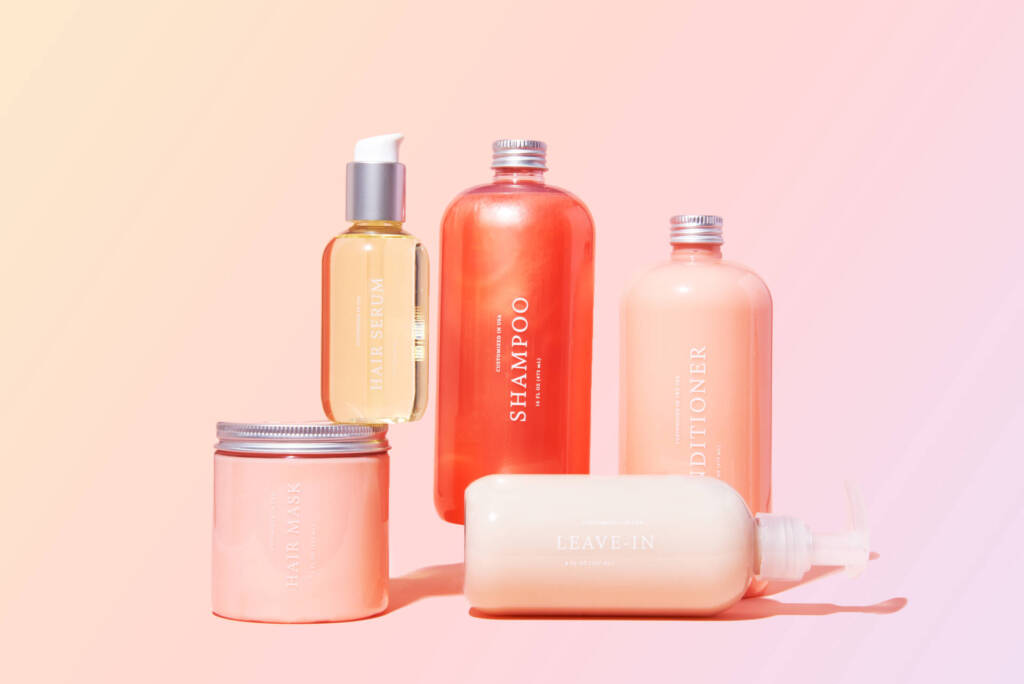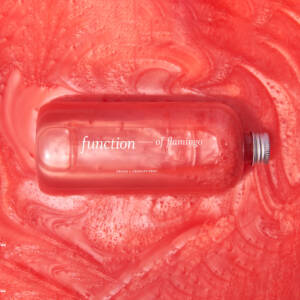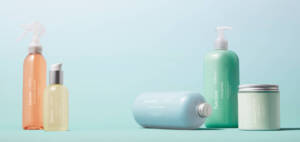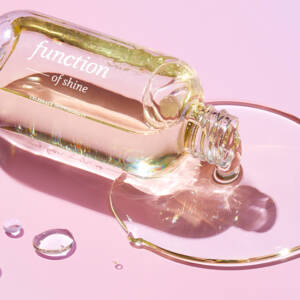Hair cuticles. We’ve heard about them before, but most of us might not even know what they actually are. Are they where hair comes out of our head? Are they the same as hair follicles? To put it plainly, a hair cuticle is the outermost layer of a hair strand. It’s what protects your hair from damage and imparts shine.
Scientifically speaking, the National Center for Biotechnology Information (NCBI) defines a hair cuticle as a layer of dead cells that form a protective layer around the strand. Cuticles are made up of scaly-looking cells that overlap and protect the other layers that make up a single hair strand. So, to answer those earlier questions: Hair follicles are located deep beneath the scalp while a hair cuticle is the outermost layer of a hair strand.
Since cuticles are the outermost layer of hair, their shine, moisture, and smoothness (or lack thereof) are what’s on display for the world to see. As such, taking care of your hair cuticles by using the right products and grooming techniques is an essential part of maintaining healthy hair.
Let’s break down the structure of our hair cuticles to discover what makes a healthy or unhealthy cuticle, how it’s related to hair porosity, and how to maximize hair cuticle health.
What Is the Structure of Hair?
To better demonstrate what hair cuticles are, we’ll have to delve into a bit of science to understand the structure of a single hair strand. (Don’t worry, you won’t be graded on this.)
Each hair fiber is made up of three layers. The innermost layer is called the medulla, which is composed of loosely packed cells at the center of a single strand. The middle part of your hair fiber that surrounds the medulla is called the cortex, which is made up of keratin proteins and structural lipids. The cortex makes up most of the hair strand mass and is surrounded by the cuticle layer, which protects the overall structure of each strand.
Although a single strand of hair is made up of three layers, the only one that’s visible to the human eye is the cuticle. It’s like a protective shield that makes sure the other more fragile layers are intact. Whether your hair is smooth and shiny or frizzy and dull is an indicator of the health of your cuticles.
Each strand has a hair shaft and a hair root. The hair shaft is the section that visibly sticks out of your scalp. The root is the part of the strand that we can’t see since it lies within the scalp and extends to the deeper layers of the skin.
A hair follicle is the cavity within the scalp that holds each hair in place. The muscles connected to these hair follicles are what make each hair stand up. A hair follicle contains many nerves, which is why your head is so sensitive to temperature, friction, and hair tugging. When a hair is pulled out, the empty follicle forms a new hair and the hair growth cycle is regenerated.
What Does a Healthy Hair Cuticle Look Like?

Now that you know a bit more about what a hair cuticle actually is, you might be wondering how you can tell if a hair cuticle is healthy or not. A healthy cuticle should look smooth in appearance and easily reflect the light. It should also be able to withstand and limit friction that occurs when hair shafts are rubbed against each other.
In general, a healthy hair cuticle will be uniform in texture from the root to the tip of each strand. If you observe an individual strand and see that it’s just as smooth and thick at the end as it is at the start, this is a good indicator that you have a healthy cuticle. But if you notice the texture of your hair getting thinner and less uniform in texture as you reach the hair tip, you might be dealing with an unhealthy hair cuticle.
Healthy hair is made up of thin layers of cells that overlap like roof shingles. But when hair is damaged, these shingles open and become jagged. If you’ve ever seen a strand of hair under a microscope, you’ll understand this analogy. The unhealthy hair strands look like a piece of rope that’s been unraveled.
Frequent chemical processing and heat damage from styling tools are common culprits of cuticle damage. As a result, you could end up with problems like frizz, dryness, breakage, and split ends. (These types of hair issues are more common among people who habitually alter their natural hair.) Poor grooming habits and environmental exposure can also alter the texture of your hair shafts and contribute to the weakening of your overall hair structure.
But how do these habits specifically alter your hair cuticles? In order to chemically change the hair through processes like coloring, straightening, or perming, a chemical reaction must occur within the cortex. These chemicals have to open the protective cuticle layer in order to penetrate the inner cortex layer.
Hair cuticles are naturally coated with an oily substance called sebum, which prevents the hair from drying out. So when the cortex of the hair is penetrated, the protective sebum is being stripped away. The cuticle is now open and needs to be closed in order to restore its natural, healthy state.
Understanding Hair Porosity
Another indicator of cuticle health is your hair porosity, which the New York Society of Cosmetic Chemists defines as how much your hair absorbs or retains water, hair products, and hair treatments. If your hair has a hard time with water and hair product retention or absorption, it will not be able to properly maintain your hair cuticles. There are three types of hair porosity.
Low Porosity
Low porosity hair tends to resist the absorption of water and chemical treatments. It also typically takes a lot of time to dry, easily experiences product buildup rather than absorption, and tends to be less responsive to heat or chemical treatments.
Hair types with low porosity: Curly, coily, or chemically straightened hair with a coarse structure.
Tips for low porosity hair: If you have low porosity strands, you need to restore your hair’s moisture balance and treat your hair with long-lasting hydration. Using a hair mask with ingredients like sake extract and jojoba ester oil can help hydrate your hair cuticles.
Medium Porosity
Medium porosity hair absorbs and retains water fairly well. It easily accepts chemical treatments with predictable results.
Hair types with medium porosity: This is the ideal hair porosity. If you’re lucky enough to have it, your cuticles are in great shape.
High Porosity
High porosity hair is highly processed hair that has been compromised by exposure to chemicals or physical stress. It’s quick to wet and dry, tends to experience frizz and breakage easily, and has an overall dry feel. This porosity type is very responsive to hair dyes and tends to readily absorb moisture but is unable to retain it.
Hair types with high porosity: Frizzy, dry, or dull hair that may be damaged by excessive dyeing or chemical treatments.
Tips for high porosity hair: If you have high porosity hair, you need to moisturize and protect your strands from frizz and breakage. Using a lightweight hair serum with ingredients like argan and sunflower oil can help you achieve a smooth, moisture-rich texture.
Healthy Cuticles = Happy Hair
Hair cuticle health is all about keeping your hair strands moisturized and minimizing damage. That means cutting down on heating or chemically treating your strands and paying attention to your hair’s moisture balance. It also means determining your hair’s unique porosity. If you have hair that either over-absorbs or under-absorbs products (but never seems to actually benefit from them), it could be time to start using haircare products with ingredients geared towards your specific hair goals and needs.
For example, Function of Beauty’s shampoo and conditioner are fully customizable to your hair type, needs, and goals. So whether you want to nourish your roots, protect your color, or add shine and luster to your hair, we have a formula for you.
Think of your hair cuticle as the guardian of your hair. Its protective properties keep the inner layers of each hair strand safe from damage and give your hair shine and smoothness. While coloring and chemically treating your hair impact the health of your cuticles, there are plenty of ways to treat your tresses and manage your hair’s unique porosity so it stays in tip-top shape. To discover products with ingredients that promote healthy-looking hair, be sure to take our custom hair quiz.





